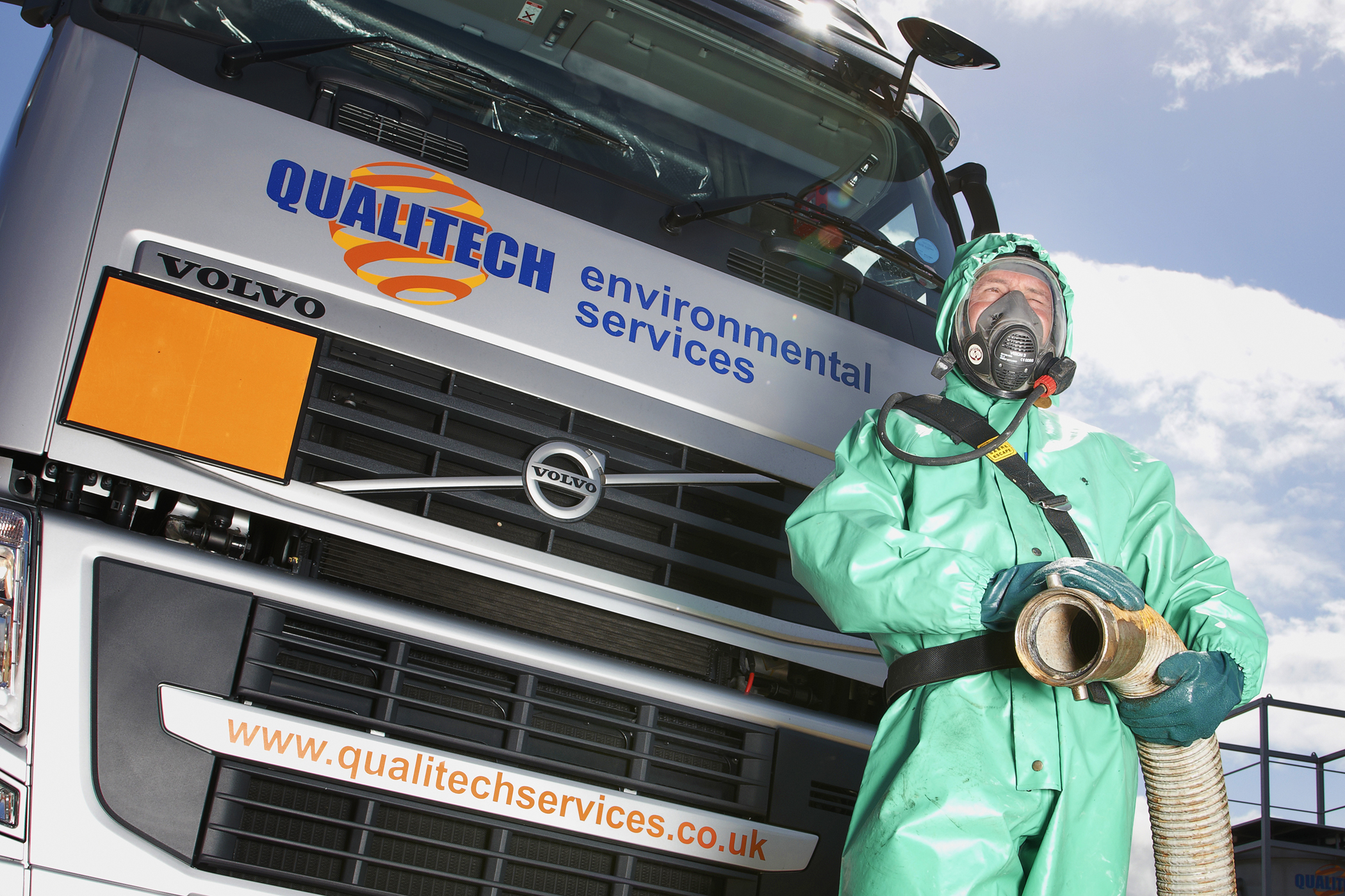
Posted on Jan 20, 2020

Cleaning industrial tanks is fraught with danger and the very real risk of tragedy. That’s why it’s vital industrial tanks must be cleaned thoroughly and regularly by companies with the right equipment, training and expertise. It’s something you must never take a chance with – and there are sad examples where companies have tried to clean their own tanks only for it to end in disaster.
Cleaning industrial tanks is fraught with danger and the very real risk of tragedy.
That’s why it’s vital industrial tanks must be cleaned thoroughly and regularly by companies with the right equipment, training and expertise. It’s something you must never take a chance with – and there are sad examples where companies have tried to clean their own tanks only for it to end in disaster.
But it’s unclear how many people lose their lives or suffer life-changing injuries and illnesses as a result.
In the USA officials from the Occupational Safety and Health Administration don’t know how many tank cleaners have lost their lives on the job or how many suffer from nerve damage or cancer caused by exposure to chemicals at work.
But, according to the Houston Chronicle media website which carried out an investigation into the industry in the USA, there have been “51 direct on-site deaths over the past 15 years, a toll that does not count people who died from work-related diseases that only become apparent days, weeks, months or years later. There could be more.”
We can’t find any figures for the tank-cleaning industry in the UK but it’s clear the risk can only be minimised by using companies such as Qualitech Environmental Services who are specialists with years of experience and the correct equipment.
On a practical level, if you don’t clean your industrial tanks regularly you’re storing up potentially dangerous and expensive problems for the future.
These can range from blockages which could be difficult and expensive to shift through to possibly contaminating future loads which will not only harm the load but also damage your company’s reputation. They could also damage the tank meaning it will need to be replaced … and that’s sure to be costly.
Cleaning the inside of tanks will also show up any minor faults that could become major defects with the tank itself which could lead to the load leaking out. This would be costly to a business in terms of financial punishments and loss of reputation. Once the trust is lost in a company it’s exceptionally difficult to win it back again.
Working in a confined space is something only a few people have the experience to do as you’re in a place with no natural ventilation and it’s usually difficult to enter which means it’ll be hard to escape from in an emergency.
Industrial tank cleaning is riddled with potential hazards including the risk of fire and explosions from flammable products that may have been in there and that includes both vapours as well as any residue such as sludge. Once that’s disturbed it can release even more vapours which need to be tightly controlled when they come into contact with oxygen. Highly specialised equipment is needed to monitor these levels and the staff cleaning the tank must evacuate it quickly if they go above acceptable levels.
There is always the constant risk of ignition from sparks from electrical equipment, hot surfaces such as exhaust systems and static electricity. High pressure water jetting, steam cleaning, grit blasting and other cleaning techniques can all potentially generate static electricity. To avoid the risk of static charge, hoses, nozzles and other pieces of equipment should be made from electrically conductive material, bonded and earthed.
Industrial tank cleaning is also fraught with potentially harmful chemicals which can include hydrogen sulphide, polycyclic aromatic hydrocarbons and benzene and then there is added risk from toxic dusts caused by lagging, paint systems and grit blasting.
Some of these are instantly toxic while others have a long-term effect - carcinogenic or mutagenic - on people’s health. This is why wearing personal protective equipment is so vital.
The safe level for oxygen concentration in the tank atmosphere is 20% - and that falls to 10% if toxic or flammable gases are present. Breathing apparatus must always be worn if oxygen levels fall below these levels which is why the personnel working inside an industrial tank should be constantly monitored using specialist instruments.
Once inside the tank the dangers continue with obstructions and trip hazards that are difficult to see or even light up due to the risk or triggering a fire or explosion. Operatives need to be fully aware of the layout and problem areas before they go in. It can be tricky to move around while wearing personal protective clothing and carrying the cleansing equipment so always make sure there is an unrestricted exit so personnel can be evacuated immediately in an emergency.
Even water has its hazards in industrial tanks as it mixes with sludge to become so contaminated it could cause allergic reactions or infection.
So, to conclude, industrial tank cleaning is fraught with many dangers – many of them potentially lethal – so it’s vital that specialist companies are brought in with the high technology equipment and expertise to clean them.
To find out more about our industrial tank cleaning service please go to https://www.qualitechservices.co.uk/services/tank-cleaning
